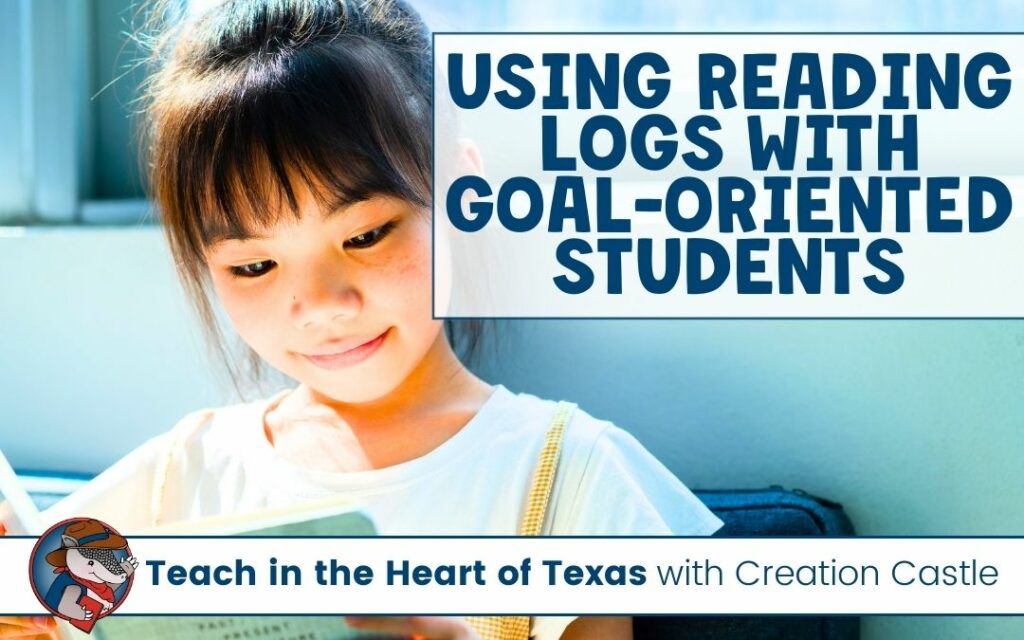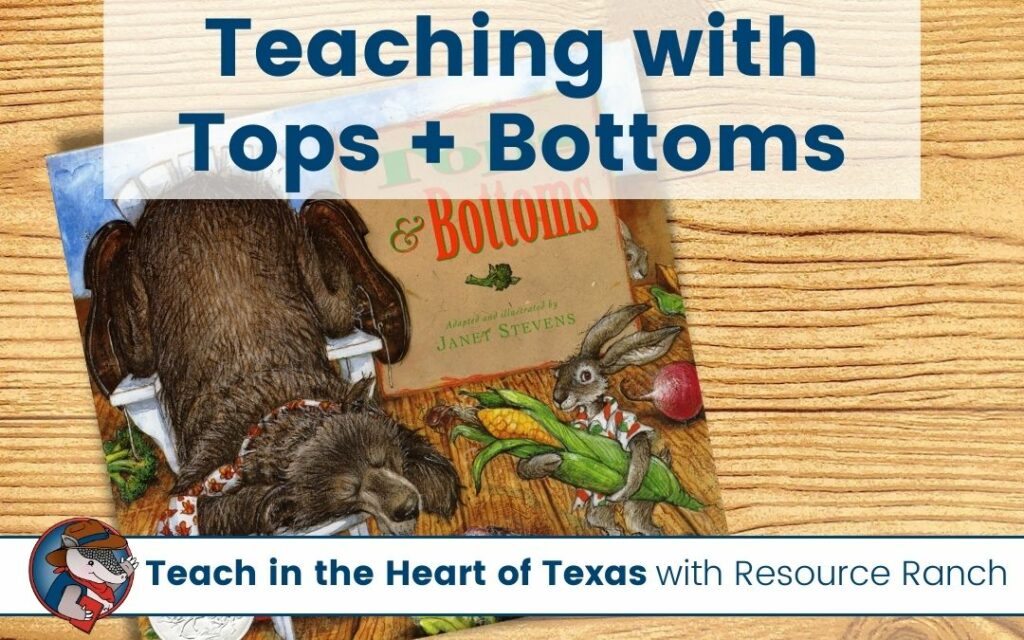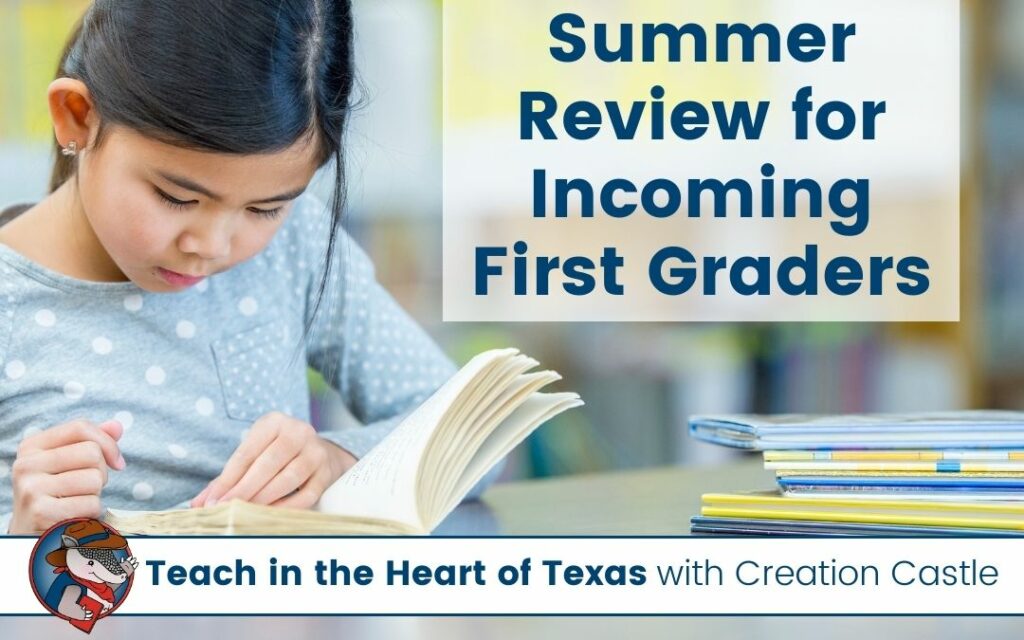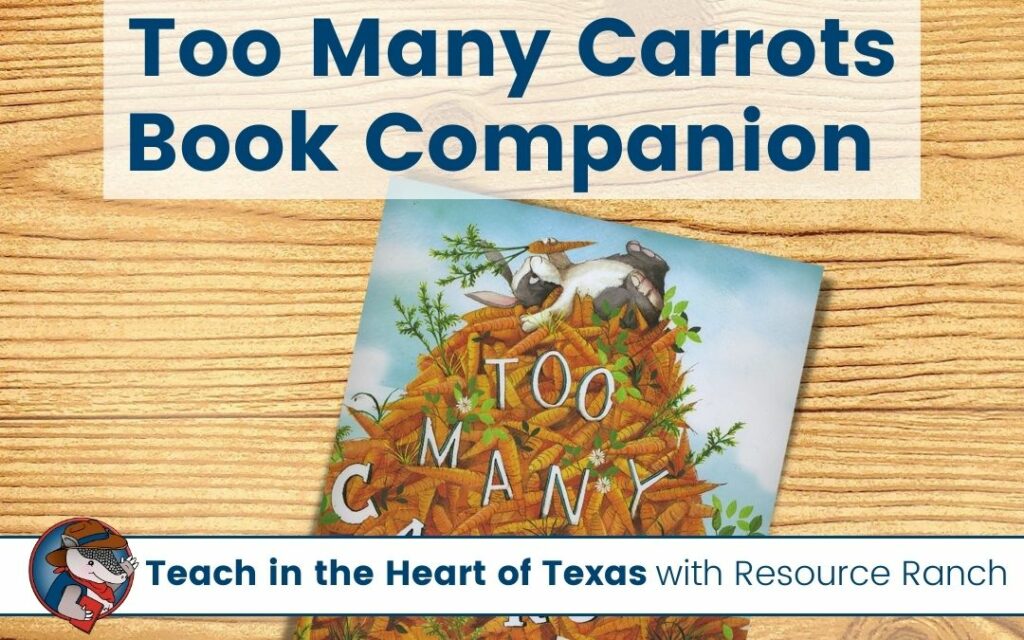Ordinal numbers is one of those concepts that I’ve found tricky to teach. That is because my students fell pretty much into two groups. Those that upon introduction seemed to intuitively “get it” immediately and those that seemed a bit “lost”. The tricky part was what to do with my students for that time period the grade level had set aside to learn this concept to keep those quick learners engaged while providing the repeated practice the rest of the class needed. Before I share what I did, let’s take a minute to review what ordinal numbers are and why we teach them.
Quick Links
What is an ordinal number?
Most of the time in early elementary classrooms we talk about cardinal numbers. Ordinal numbers tell the order of things in a sequence such as the place of winners in a race (first, second, or third). Think of ordinal numbers as identifying the position of something as opposed to counting things.
| Cardinal Number | Ordinal Number | Ordinal Number Word |
|---|---|---|
| 1 | 1st | first |
| 2 | 2nd | second |
| 3 | 3rd | third |
| 4 | 4th | fourth |
| 5 | 5th | fifth |
| 6 | 6th | sixth |
| 7 | 7th | seventh |
| 8 | 8th | eighth |
| 9 | 9th | ninth |
| 10 | 10th | tenth |
| 11 | 11th | eleventh |
| 12 | 12th | twelfth |
Why are ordinal numbers important to learn?
In daily life, students will use this skill in conjunction with understanding dates on a calendar. For example, our music program is on the 10th of October and Christmas is on December 25th. Students encounter ordinal numbers at school referring to their positions in a line or perhaps their seats in the cafeteria. This skill is especially helpful for learning story sequencing and retelling as students recall the order of events (Common Core Standards W.K.3, W.1.3, and W.2.3). Understanding ordinal numbers is also necessary for procedural writing. (TEKS LA1.12 B. LA2.12 B) If they are giving steps for a How-To or writing a recipe, they will be directing the reader using ordinal numbers.
Whole Group Ideas
I like to introduce ordinal numbers by getting the whole class involved. You can do this in many ways. Choose to have students line up by tallest to shortest, shortest to tallest, in order of birthdate, etc. Then have students count off from first to last in ordinal numbers. You can also create quick no-prep games. One class favorite is What’s My Position? It is an adaptation of a game I played in school when I was young.
Teacher: My name is Danielle and I like to eat donuts. What position is my letter in?Students: Fourth!
Teacher: My name is Reggie and I have a rocket. What position is my letter in?
Students: Eighteenth!
This combines a little phonics with ordinal numbers practice. I like to start out by letting the students answer in unison. Once they get the hang of the game, you can let a student give the riddle and call on someone to answer. Then that student gives the next riddle.
These games work great for when you have a few minutes of transition time before lunch or after recess. You can also use picture books during your read-aloud time to reinforce this concept. Here are two books you may enjoy sharing with your class:
Seven Blind Mice by Ed Young
One by one the seven blind mice try to determine what they have found by the pond. Each comes back with a different thought of what it is. After the seventh mouse goes they realize that by putting all their experiences together they arrive at the correct answer.
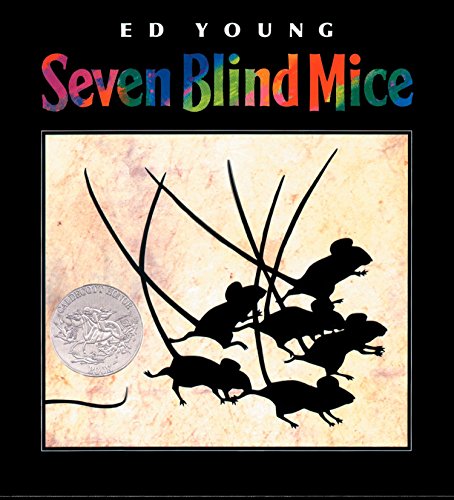
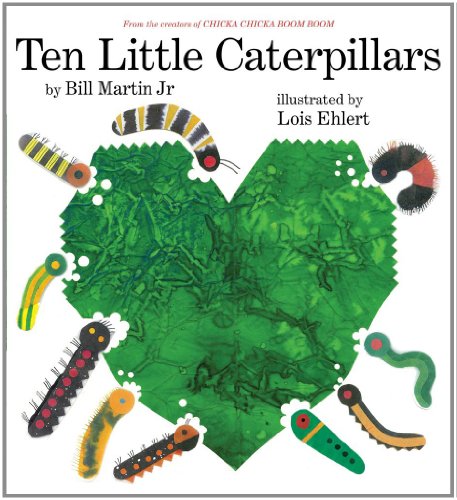
Ten Little Caterpillars by Bill Martin Jr.
The story describes the actions of ten little caterpillars crawling through flowers, vegetables, and apple orchards. Ordinal numbers are used to describe where go and what they do.
Small Group Ideas
You can create partner games to practice similar to the one demonstrated in this By The Numbers video.
Independent Practice Ideas
Your students will enjoy practicing with this colorful toy manipulatives math center and differentiated ordinal numbers worksheets which offer cut and paste and coloring opportunities to help students stay engaged. This resource offers practice with both numerals and number words and is presented in color and black and white.
Assessment Ideas
When assessing my students I often use a worksheet as an informal assessment to see if anyone stands out as needing reteaching. However, for formal assessment, I prefer to pull students for a quick one-on-one so I can see their process as well. Click here if you would like a free assessment to use with your students.

Resource Ranch
Rhonda is the author of Resource Ranch. Most of her classroom experience has been in early elementary. She has also taught Title I Reading, ESL, and gifted students. She is certified as a Texas teacher in grades 1-8 and as a K-12 librarian.


